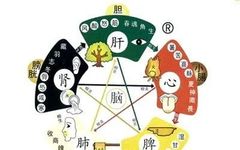The Five Organs
The Five Organs refer to the heart, liver, spleen, lungs, and kidneys. In TCM theory, the Five Organs are the center of life activities in the human body, with mental and conscious activities belonging to the Five Organs. Together with the Six Bowels, they connect the body’s internal and external organs, forming a unified whole.
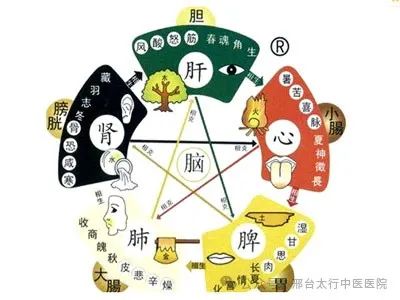
(Five Organs)
Heart
The heart is located in the chest, between the two lungs, above the diaphragm, and is protected by the pericardium. The main physiological function of the heart is to govern the blood vessels and house the spirit (shen). The physiological characteristic of the heart is that it is a yang organ and is responsible for clarity and communication.
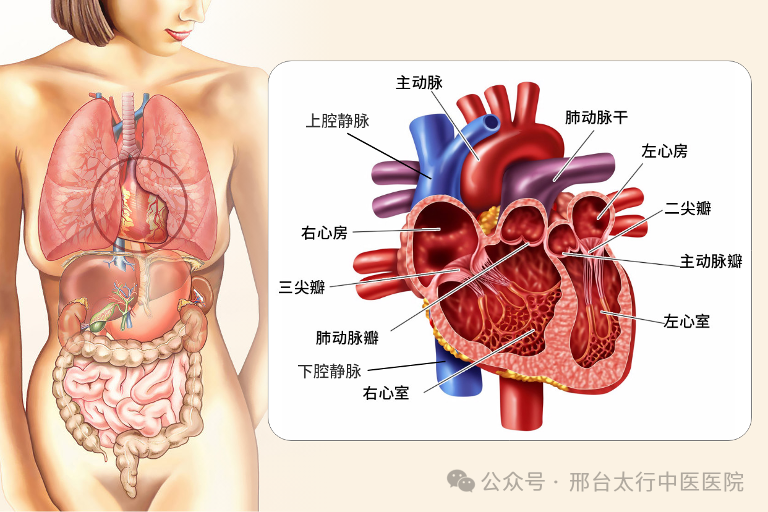
(Heart Position)
Liver
The liver is located in the abdominal cavity, beneath the diaphragm, and within the right hypochondrium. The main physiological functions of the liver are to regulate the flow of qi and store blood. The physiological characteristic of the liver is that it is responsible for upward movement and prefers smoothness while disliking stagnation, hence it is called the “sturdy organ”.
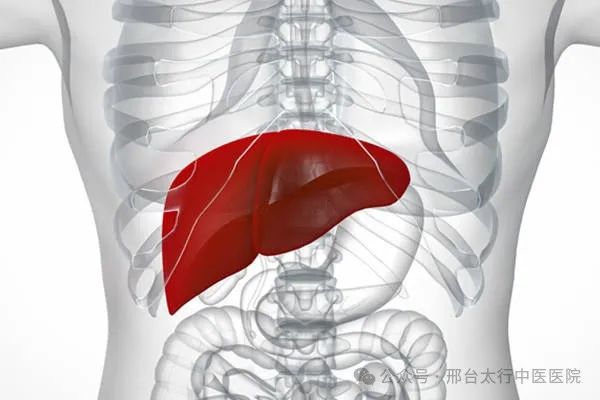
(Liver Position)
Spleen
The spleen is located in the middle jiao, beneath the diaphragm, and to the left of the stomach. The main physiological function of the spleen is to govern transformation and transportation, and it oversees blood. The spleen is associated with the earth element and is responsible for the transformation of fluids, thus it prefers dryness and dislikes dampness.
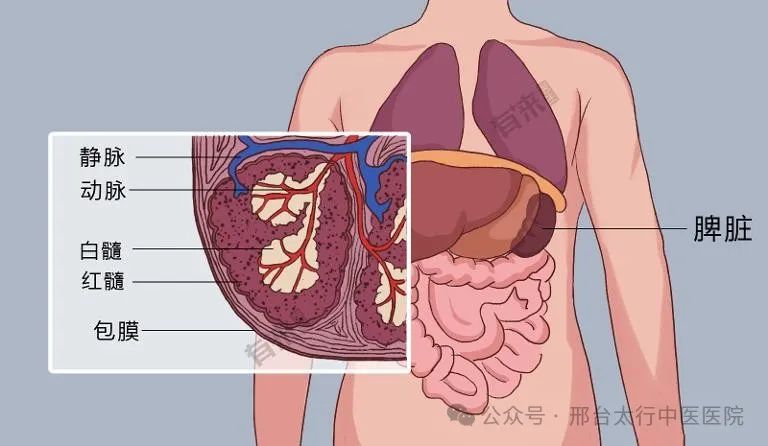
(Spleen Position)
Lungs
The lungs are located in the thoracic cavity, one on each side, covering the heart. The main physiological functions of the lungs are to govern qi and respiration, regulate fluids, and control the circulation of the hundred vessels. The lungs are positioned highest among the Five Organs, covering all other organs, hence they are referred to as the “canopy”.
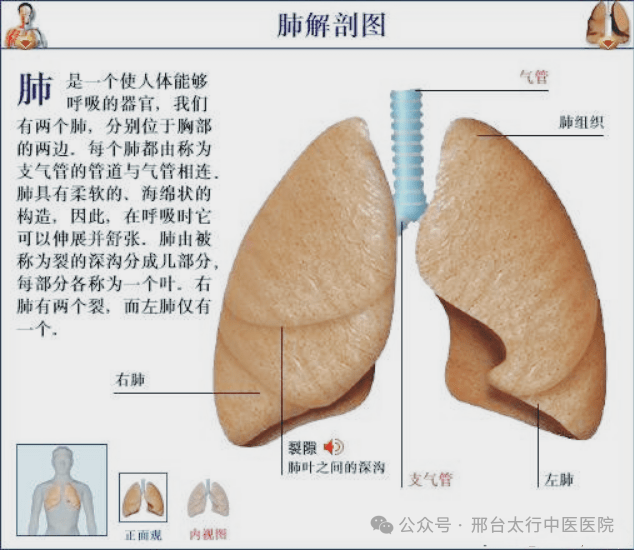
(Lung Physiological Functions)
Kidneys
The kidneys are located on both sides of the lumbar spine. The main physiological functions of the kidneys are to store essence, govern water, and control the intake of qi. As the kidneys store the congenital essence and govern reproduction, they are considered the foundation of life, hence referred to as the “root of pre-heaven”.
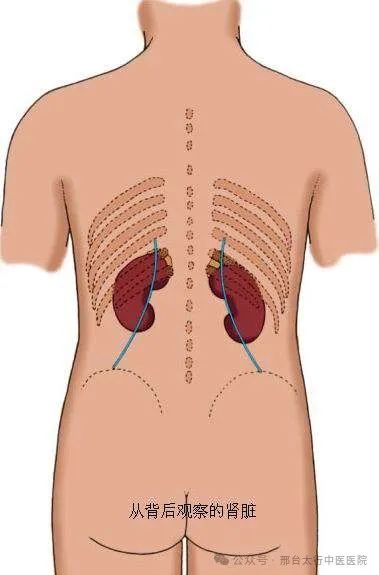
(Kidney Position)
The Six Bowels
The Six Bowels refer to the gallbladder, stomach, small intestine, large intestine, bladder, and san jiao (triple burner). The common physiological characteristic of the Six Bowels is to “transport and transform substances”, meaning they receive and process food and fluids. The physiological characteristics of the Six Bowels are to “excrete but not store” and to be “full but not overflowing”. Food enters through the esophagus into the stomach, where it is digested and then passed to the small intestine, which separates the clear from the turbid. The clear substances (essence and fluids) are absorbed by the spleen, transported to the lungs, and distributed throughout the body to meet the needs of the organs and meridians; the turbid substances (waste) are passed to the large intestine, where they are formed into feces and expelled from the body; while waste fluids are transformed by the kidneys into urine, which is stored in the bladder and expelled from the body.
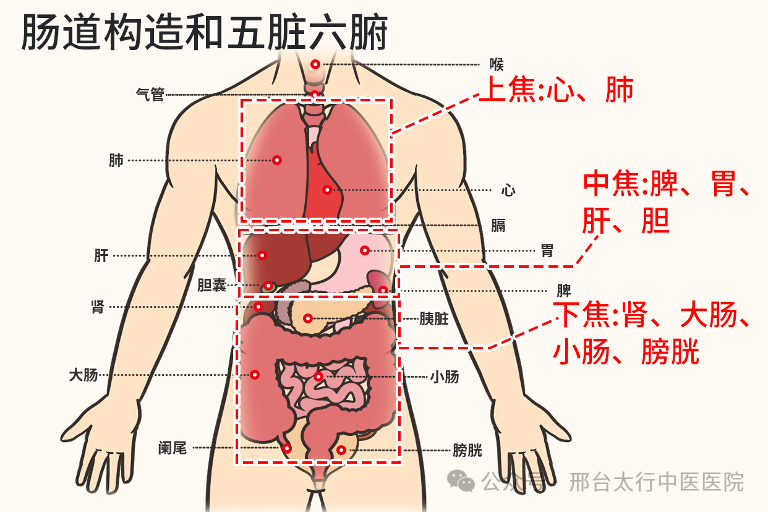
(Six Bowels Position)
Gallbladder
The gallbladder is attached to the liver and is a hollow, sac-like organ. The main physiological function of the gallbladder is to store and excrete bile. Bile is produced in the liver and secreted by it. Once formed, bile flows into the gallbladder for storage. Bile is also known as essence juice, hence the gallbladder is referred to as the “repository of essence”.

(Gallbladder Position)
Stomach
The stomach is located beneath the diaphragm in the upper abdominal cavity, connecting above to the esophagus and below to the small intestine, and is connected to the spleen by a membrane. The main physiological functions of the stomach can be summarized in two aspects: to receive and digest food and fluids, and to descend and harmonize.
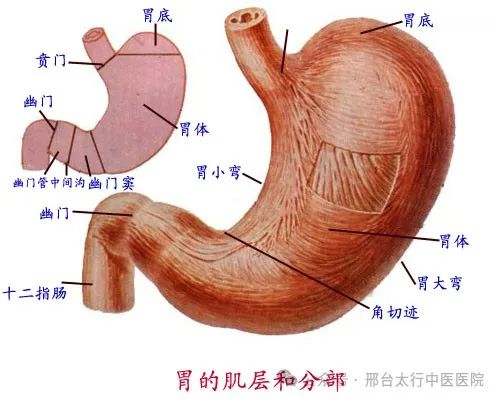
Stomach Position
Small Intestine
The small intestine is located in the abdomen, connecting above to the pylorus and communicating with the stomach; below, it connects to the large intestine at the ileocecal junction. The physiological functions of the small intestine can be summarized in two aspects: to receive and process food, and to separate the clear from the turbid.
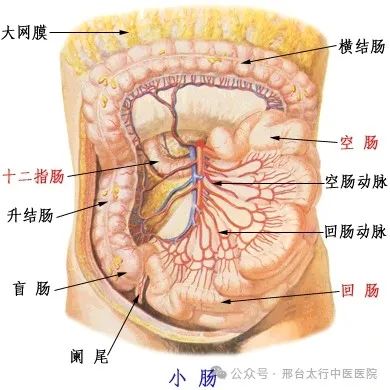
(Small Intestine Position)
Large Intestine
The large intestine is also located in the abdomen, connecting above to the small intestine at the ileocecal junction, and its terminal end is the anus, also known as the po gate. The main physiological function of the large intestine is to conduct waste.
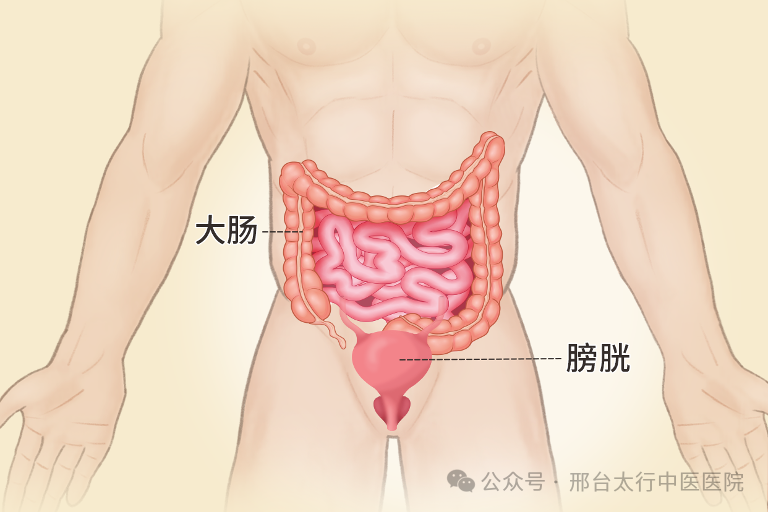
(Large Intestine Position)
Bladder
The bladder is located in the lower abdominal cavity and is a sac-like organ, situated beneath the kidneys and in front of the large intestine. It is connected above to the ureters and below to the urethra, which opens at the front of the perineum. The main physiological function of the bladder is to store and excrete urine.

(Bladder Position)
San Jiao (Triple Burner)
San Jiao is a unique term in TCM that refers to the cavities between the body and the organs, including the thoracic and abdominal cavities. All other organs are contained within it, and it is divided into three parts: the upper jiao (above the diaphragm, including the heart and lungs), the middle jiao (from the diaphragm to the navel, including the spleen, stomach, liver, and gallbladder), and the lower jiao (below the navel, including the kidneys, large intestine, small intestine, and bladder).
The above information is based on TCM theory, and specific physiological functions and pathological changes may vary due to individual differences and specific conditions. In practical applications, it is recommended to consult a professional TCM practitioner for detailed diagnosis and treatment.
This article is for reference only and cannot replace in-person consultations. If you have any issues, please seek medical attention offline.
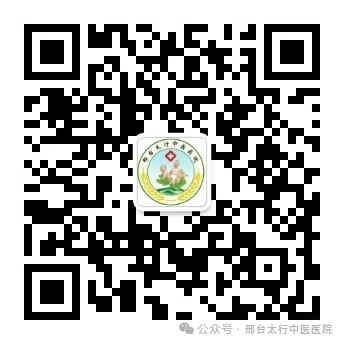
Scan to follow us
If you have been married for a long time without children, do not hesitate to come to Xingtai to find Taihang.
Past Issues Review
How TCM regulates infertility through diet.
The wisdom of health preservation in the Huangdi Neijing.
The best reproductive age for women.

